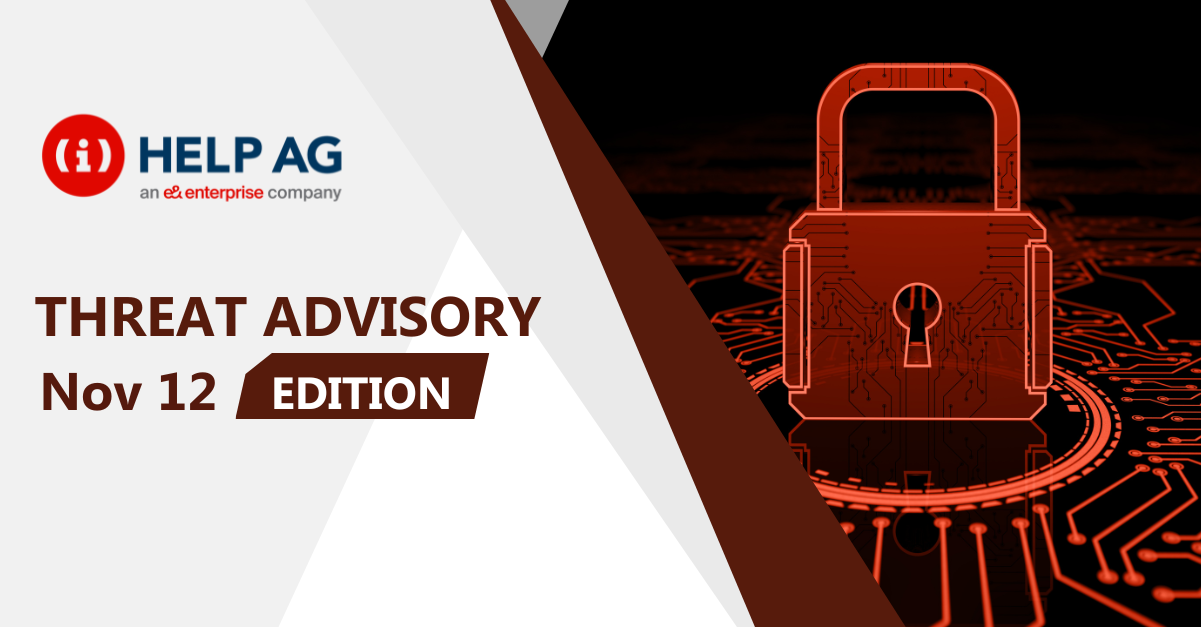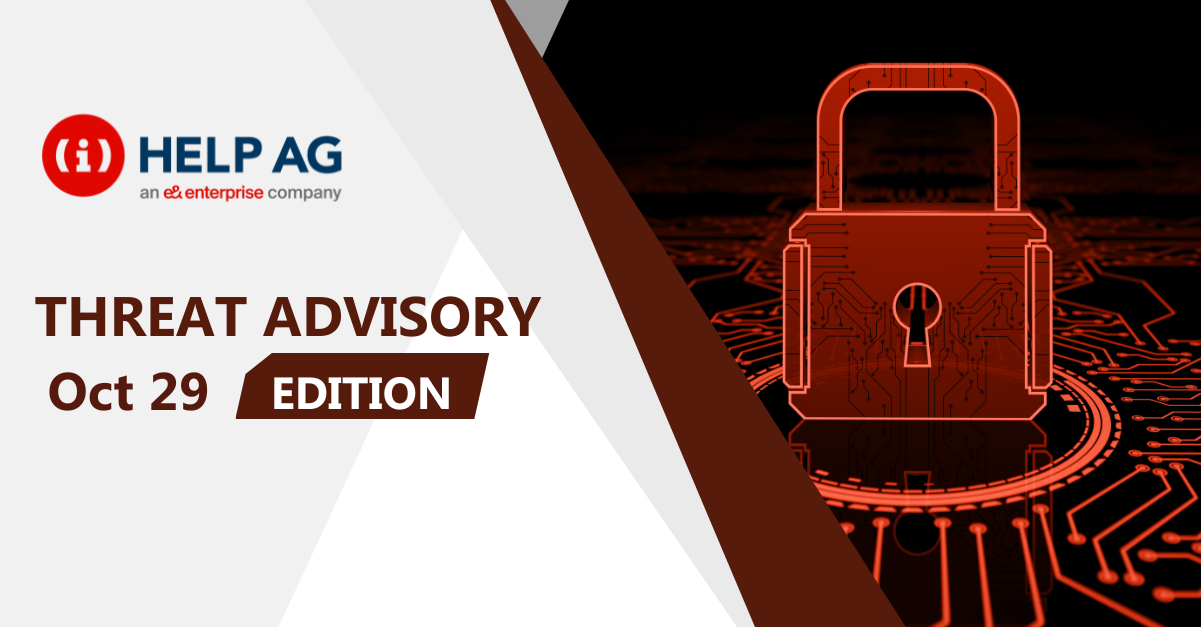The Help AG Cyber Threat Intelligence (CTI) team has observed a noticeable increase in Iranian threat actor operations, aligning with the recent escalation of tensions between Iran and Israel. This uptick has direct implications for the Middle East region, including the UAE and KSA, as regional organizations may be targeted either directly or indirectly as part of broader geopolitical conflict.
This advisory provides plausible threat scenarios and outlines strategic defensive measures that organizations should adopt to stay resilient against potential attacks.
Plausible Scenarios for next 90 days:
1. Most Likely – Sustained Cyber Pressure
Iran-aligned groups maintain continuous campaigns targeting UAE government, defense, energy, aviation, finance, and telecom sectors.
– Tactics include spear-phishing, credential theft, exploitation of exposed systems, and hacktivist-led DDoS/defacements.
– Primary objective: intelligence collection and establishing long-term access.
2. Most Dangerous – Escalatory Disruption
If Iran–Israel conflict escalates, UAE entities could face destructive cyber campaigns.
– Tactics may include wipers disguised as ransomware, large-scale service disruption, and attacks against Israel-linked subsidiaries operating in UAE (ports, aviation, logistics, defense supply chains). Such operations would likely be paired with propaganda and leak campaigns to amplify impact.
3. Optimistic – Controlled De-escalation
Diplomatic backchannels lower tensions, reducing activity to baseline espionage.
Attacks remain opportunistic, with focus on data theft and access operations rather than open disruption.
Indicators & Warning Signs:
1. Threatening from Iranian leadership and affiliated groups.
2. Coordinated hacktivist calls for action against Gulf infrastructure.
3. New CISA, Microsoft, or industry advisories linking to Iranian tradecraft.
4. Sudden surge in phishing campaigns or exploitation of exposed systems.
TTPs:
- T1566 – Phishing – Use of targeted spear-phishing campaigns against VIPs and staff.
- T1078 – Valid Accounts – Exploiting stolen credentials for persistent access.
- T1190 – Exploit Public-Facing Application – Targeting vulnerable VPNs, firewalls, and web applications.
- T1550.001 – Use of Access Tokens – Abuse of OAuth tokens and consent grants.
- T1621 – Multi-Factor Authentication Request Generation – MFA fatigue attacks to bypass identity controls.
- T1047 – Windows Management Instrumentation – Lateral movement and execution in victim networks.
- T1021.001 – Remote Services: RDP – Leveraging RDP for lateral movement.
- T1114 – Email Collection – Collection of sensitive data from compromised mailboxes.
- T1567 – Exfiltration Over Web Services – Exfiltration via cloud and web platforms.
- T1485 – Data Destruction – Deployment of wipers for destructive impact.
- T1486 – Data Encrypted for Impact – Use of ransomware or pseudo-ransomware.
Recommendations:
- Enforce phishing-resistant MFA for all users, prioritizing administrators and executives.
- Audit and restrict OAuth applications and third-party integrations.
- Patch and harden public-facing systems (VPNs, firewalls, email gateways).
- Monitor for suspicious mailbox rules, transport rules, and OAuth consent grants.
- Strengthen backup and disaster recovery processes; validate immutability and rapid restore.
- Conduct proactive threat hunting focused on Iranian TTPs (credential theft, living-off-the-land techniques, destructive malware).
- Prepare crisis response playbooks for destructive attacks and wiper activity.
- Engage in regular intelligence monitoring and coordinate with sectoral CSIRTs and takedown partners.
Strengthen Your Cyber Resilience with Help AG
As Iranian threat actor activity continues to evolve, organizations must adopt a proactive and intelligence-driven defense strategy. Help AG’s Managed Security Services, combined with our Continuous Threat Exposure Management (CTEM) and Digital Forensics & Incident Response (DFIR) capabilities, empower you to detect, respond, and recover from attacks with confidence.
Our experts deliver end-to-end visibility, rapid incident containment, and continuous threat reduction to help you stay ahead of adversaries.









